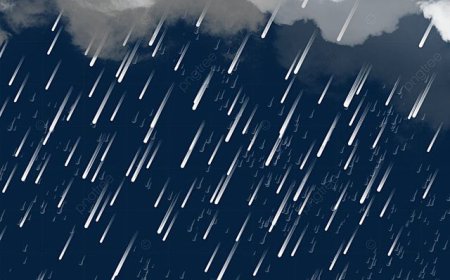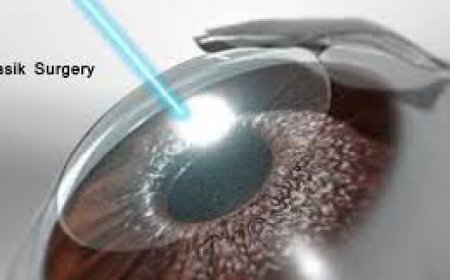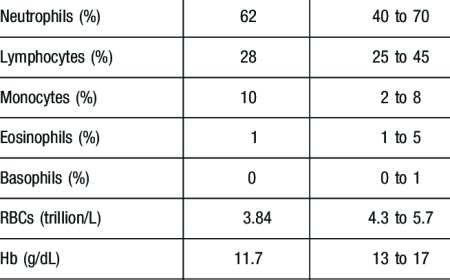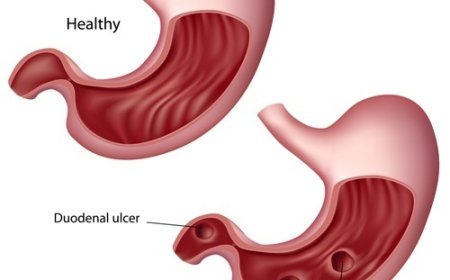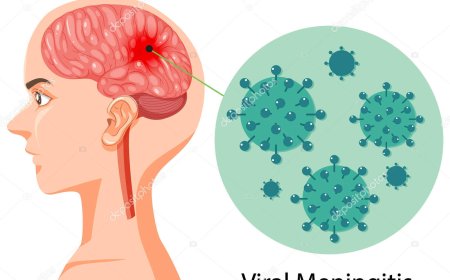Melanoma
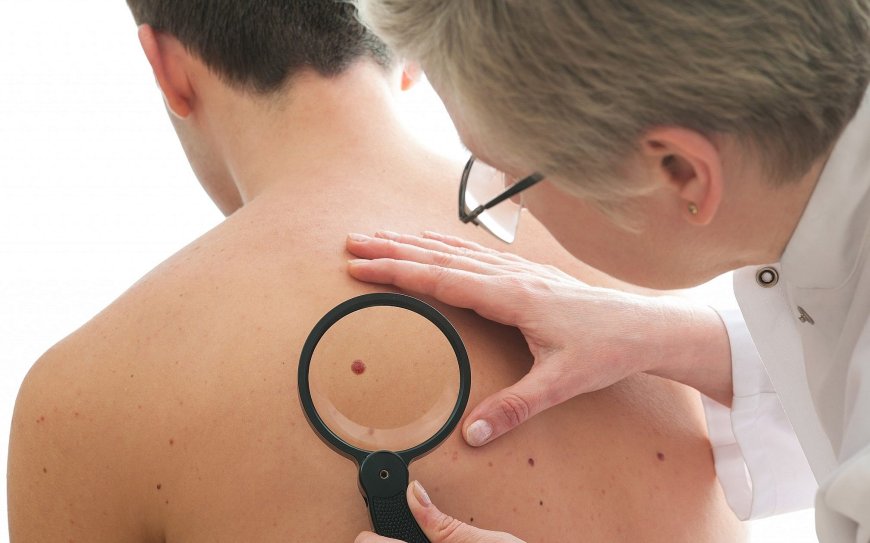
Introduction:
In India, just like in any other part of the world, it's essential to take care of our health and well-being. One aspect of health that we must pay attention to is skin health. Melanoma is a serious type of skin cancer that can affect people of all ages. Knowing the signs, causes, types, and prevention techniques can help us protect our skin and stay safe under the Indian sun.
Signs and Symptoms:
Melanoma often appears as a new spot or changes in an existing mole. Signs to look out for include:
- Asymmetry: One half of the spot doesn't match the other half.
- Border: The edges of the spot are irregular or jagged.
- Color: The spot may have different colors or shades.
- Diameter: The spot is larger than a pencil eraser.
- Evolution: The spot changes in size, shape, or color over time.
What Is "Melanoma"?
Melanoma is a type of skin cancer that develops from the cells that produce melanin, the pigment responsible for giving color to our skin. It can be a serious and life-threatening condition if not detected and treated early.
How Is "Melanoma" Classified?
Melanoma is classified based on its thickness and how far it has spread. There are four stages of melanoma:
- Stage 0 (In Situ): Melanoma is only present in the outer layer of the skin and has not invaded deeper tissues.
- Stage I and II: Melanoma has started to grow deeper into the skin but has not spread to nearby lymph nodes or distant organs.
- Stage III: Melanoma has spread to nearby lymph nodes but not to distant organs.
- Stage IV: Melanoma has spread to distant organs or other parts of the body.
Causes and Triggers:
The primary cause of melanoma is exposure to ultraviolet (UV) radiation from the sun. Spending too much time in the sun without proper protection can increase the risk of developing melanoma. Tanning beds and lamps that emit UV radiation are also risk factors.
Risk Factors with Examples:
Some factors that may increase the risk of developing melanoma include:
- Sun Exposure: Spending a lot of time in the sun, especially without sunscreen or protective clothing, can increase the risk.
- Fair Skin: People with fair skin, light hair, and light-colored eyes are more susceptible to melanoma.
- Family History: Having a family history of melanoma can increase the risk.
- Moles: Having many moles or large, unusual moles can be a risk factor.
Types of "Melanoma" with Detailing:
-
Superficial Spreading Melanoma: This is the most common type, usually appearing as an irregularly shaped spot with uneven color.
-
Nodular Melanoma: This type grows quickly and often appears as a raised bump that is dark in color.
-
Lentigo Maligna Melanoma: Typically seen in older adults, this type develops on areas of skin exposed to the sun for many years and appears as a large, flat spot with different shades of brown.
-
Acral Lentiginous Melanoma: This type is most common in people with darker skin and often appears as a dark spot or streak under the nails or on the soles of the feet.
Diagnostic Tests and Treatments:
To diagnose melanoma, a doctor may perform a biopsy, which involves removing a small sample of the suspicious area for examination under a microscope.
If melanoma is detected early, it can often be treated with surgery to remove the cancerous cells. In more advanced stages, additional treatments such as chemotherapy, immunotherapy, or targeted therapy may be recommended.
Complications of "Melanoma" and Prevention Techniques:
If left untreated, melanoma can spread to other parts of the body, making it more challenging to treat. To prevent melanoma, it's essential to take protective measures against the sun's harmful UV radiation:
-
Seek Shade: Stay in the shade, especially during peak sun hours from 10 a.m. to 4 p.m.
-
Wear Protective Clothing: Wear hats, long-sleeved shirts, and sunglasses to protect your skin and eyes.
-
Apply Sunscreen: Use sunscreen with at least SPF 30 and reapply every two hours, especially when swimming or sweating.
-
Avoid Tanning Beds: Tanning beds emit harmful UV radiation and should be avoided.
Melanoma is a type of skin cancer that can be prevented and detected early with proper sun protection and regular skin checks. Understanding the signs, causes, and types of melanoma can help us take better care of our skin under the Indian sun. By adopting preventive measures and seeking early medical attention, we can keep our skin healthy and stay safe from the harmful effects of melanoma. Remember, protecting our skin is an essential part of overall health and well-being.
What's Your Reaction?
 Like
0
Like
0
 Dislike
0
Dislike
0
 Love
0
Love
0
 Funny
0
Funny
0
 Angry
0
Angry
0
 Sad
0
Sad
0
 Wow
0
Wow
0



















